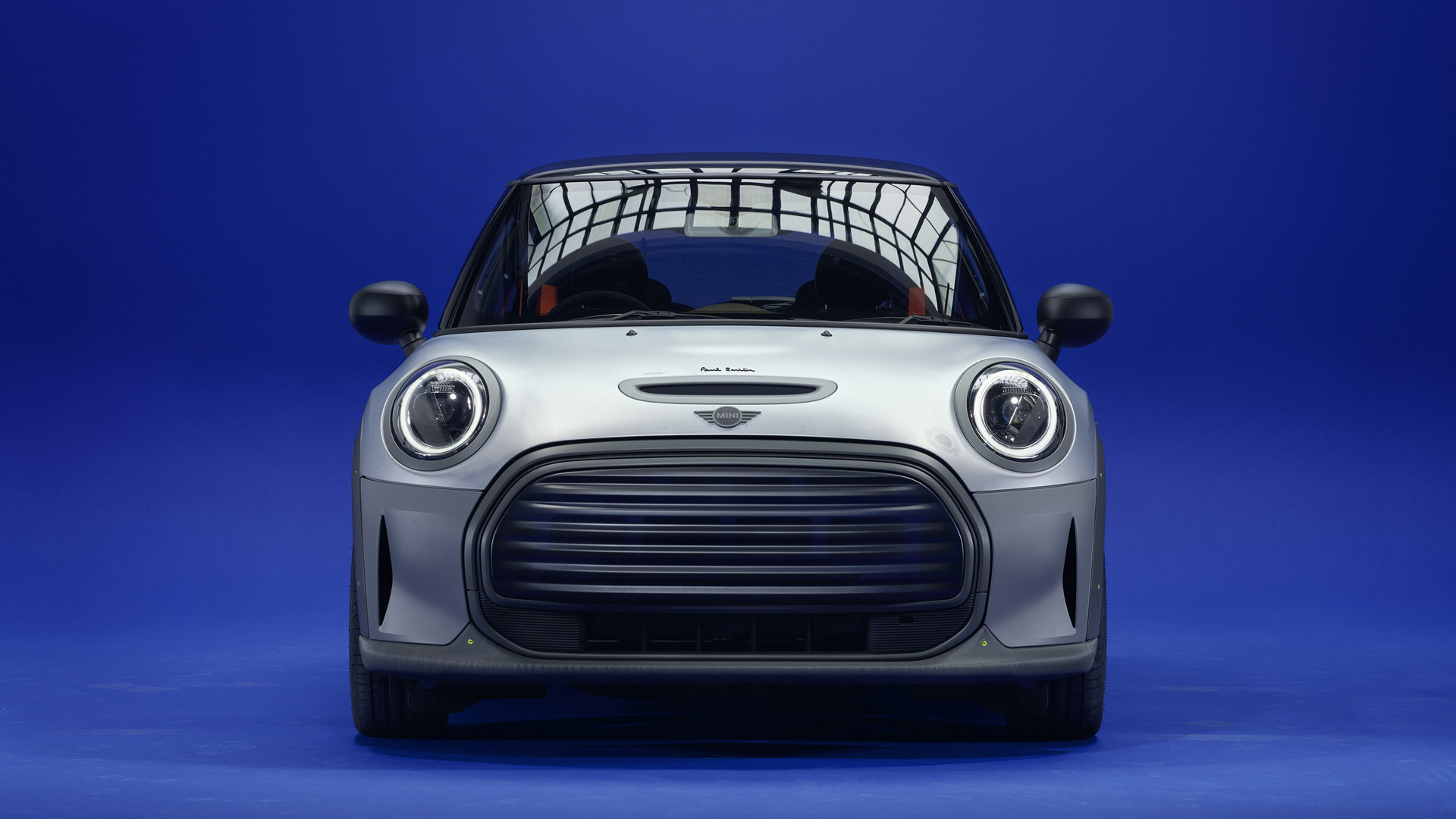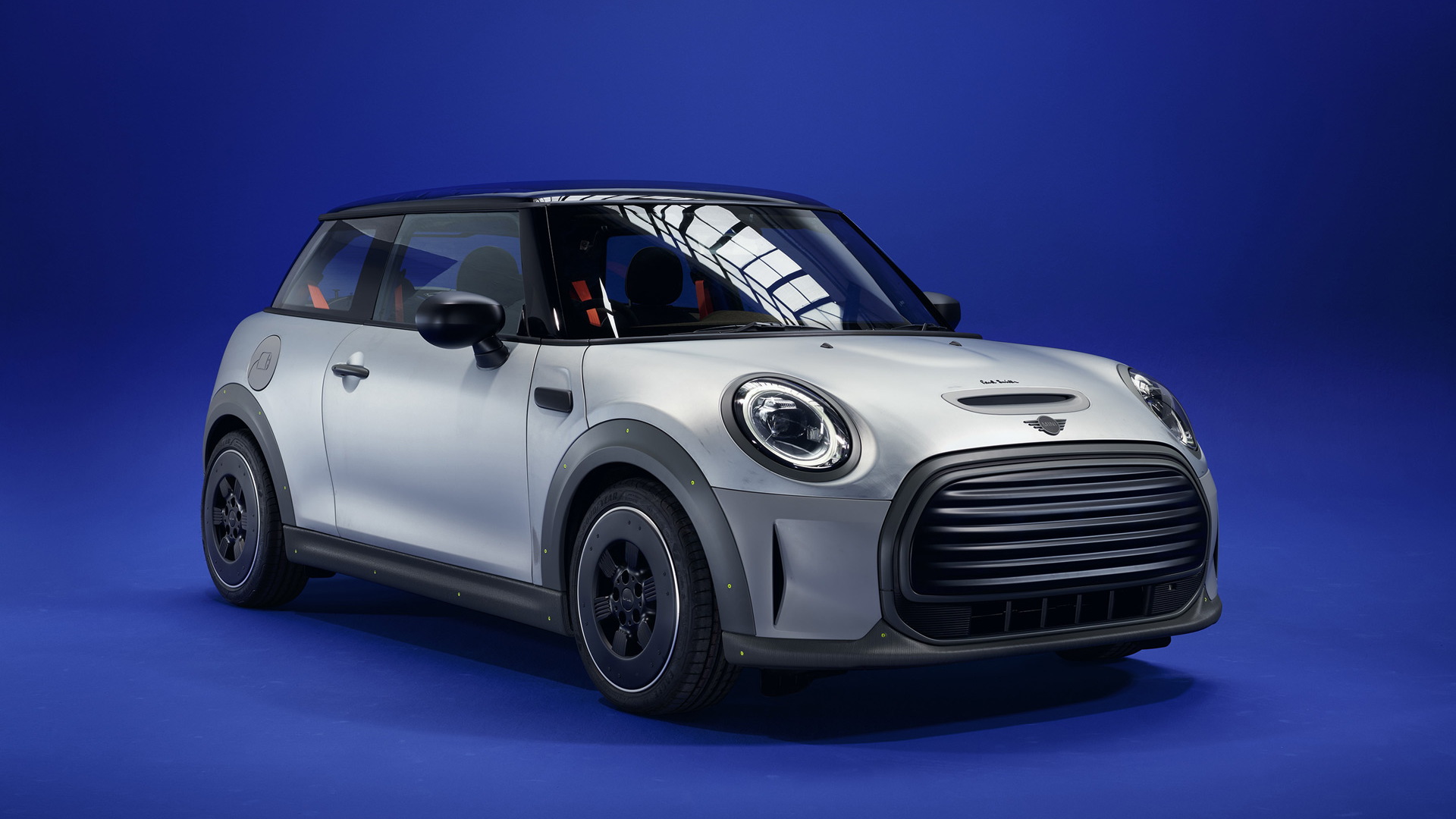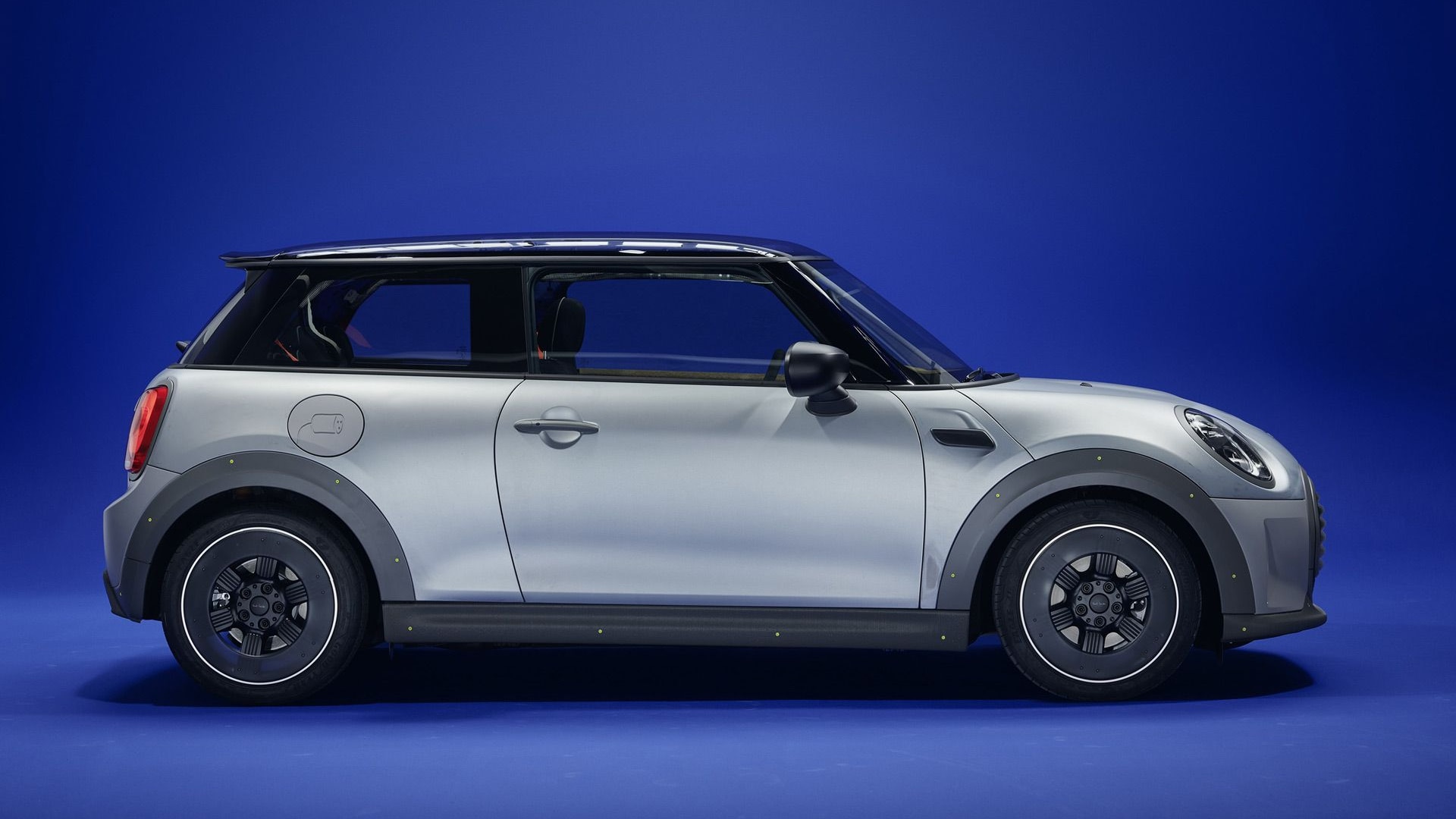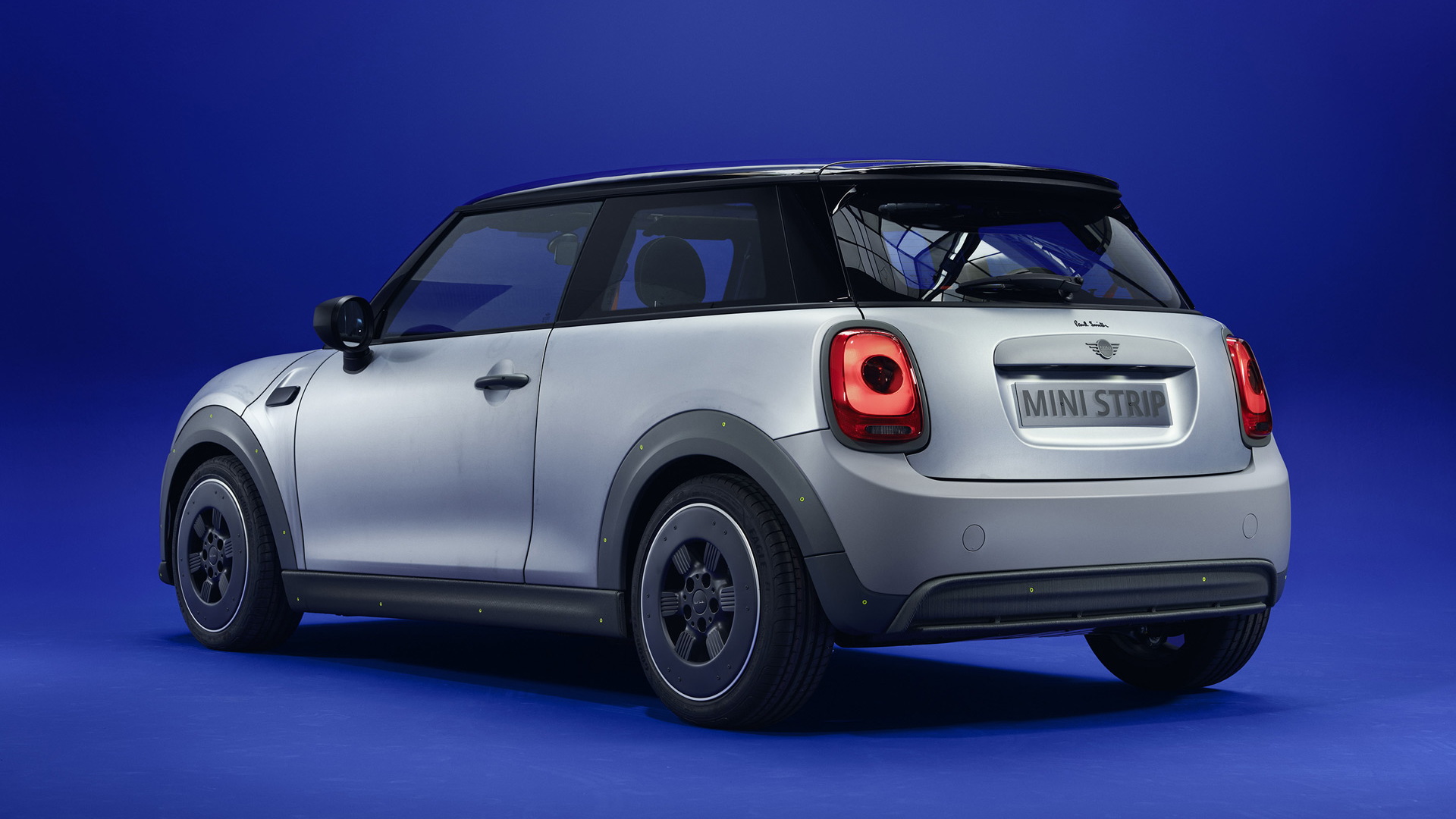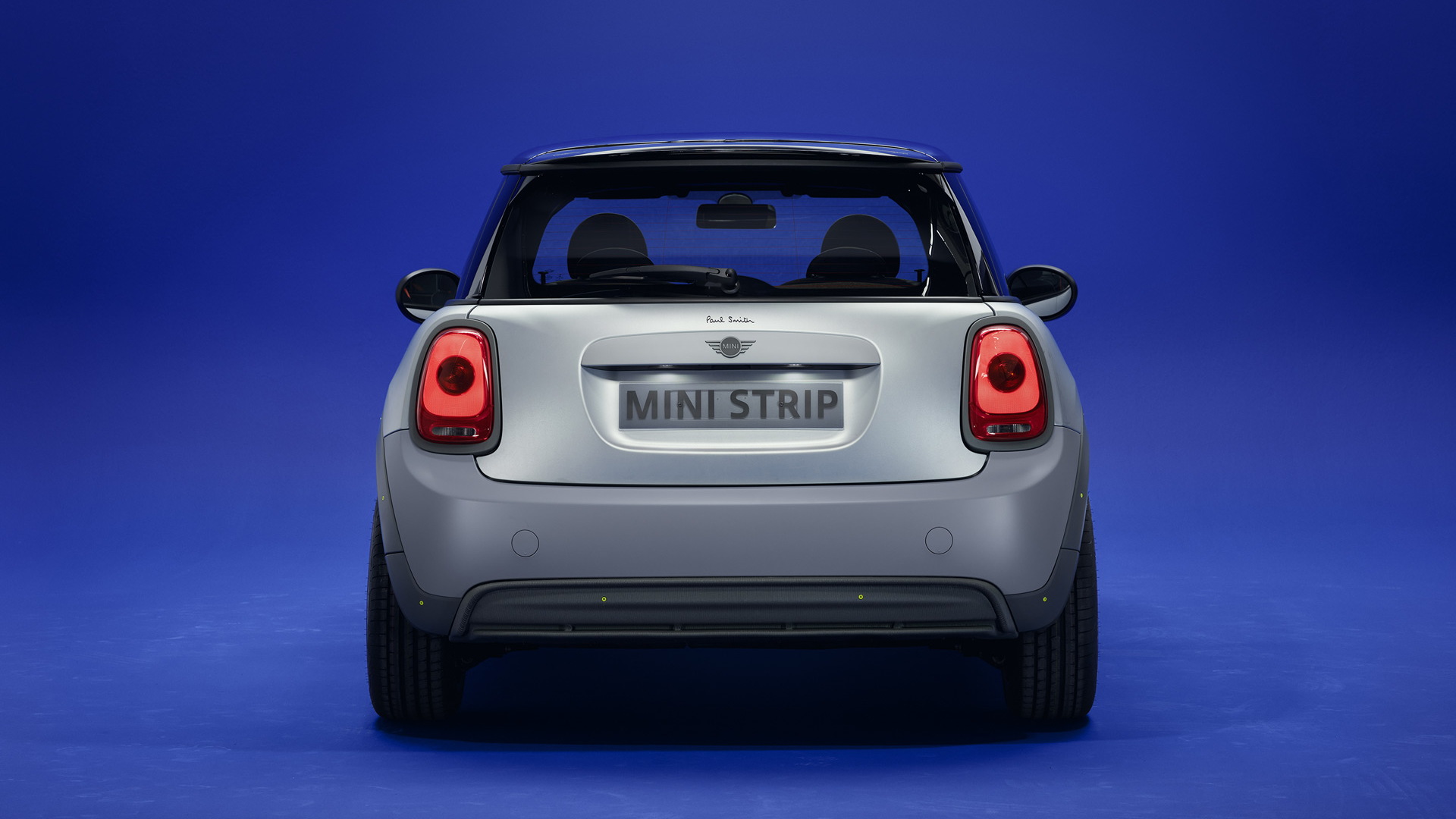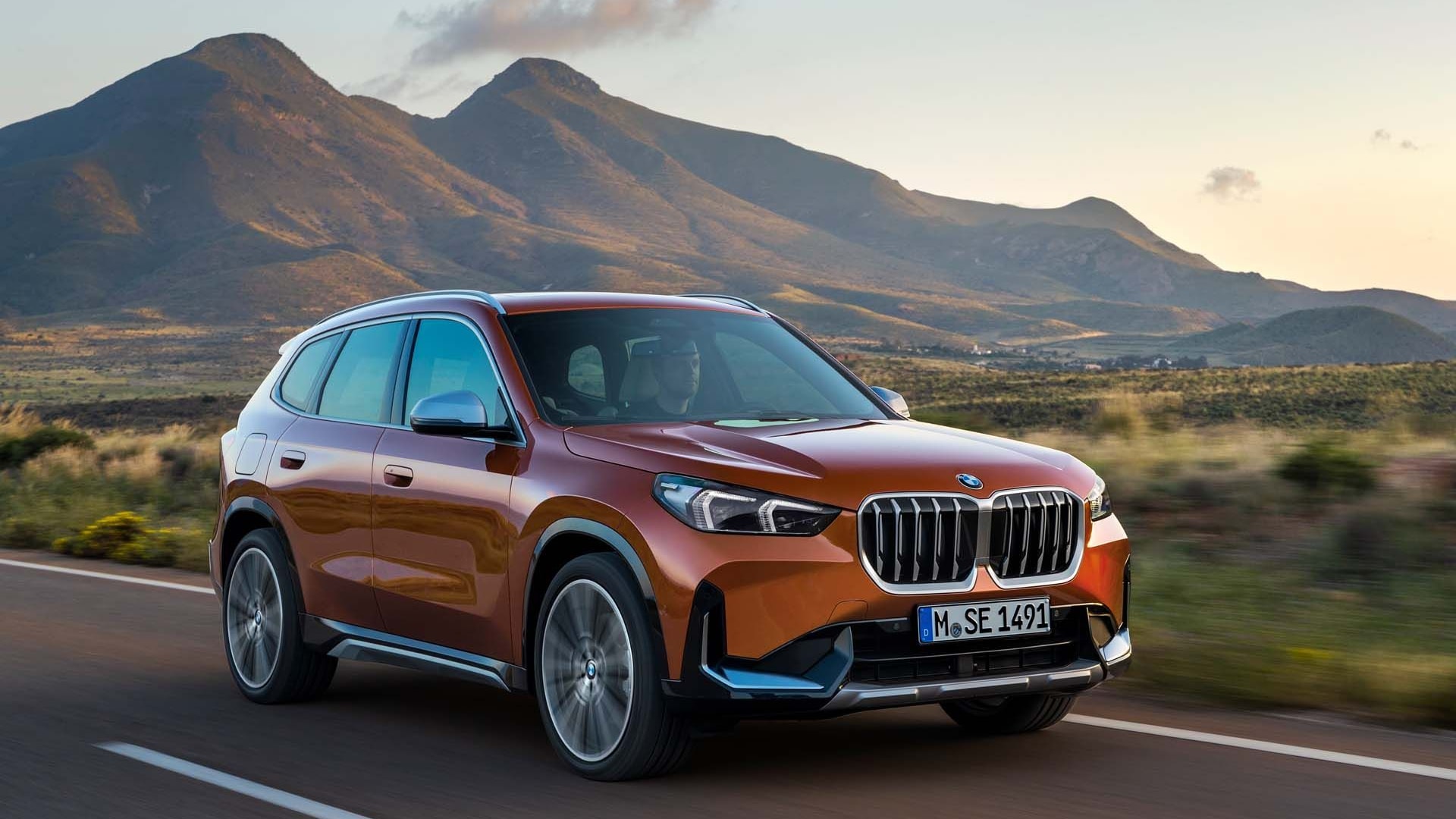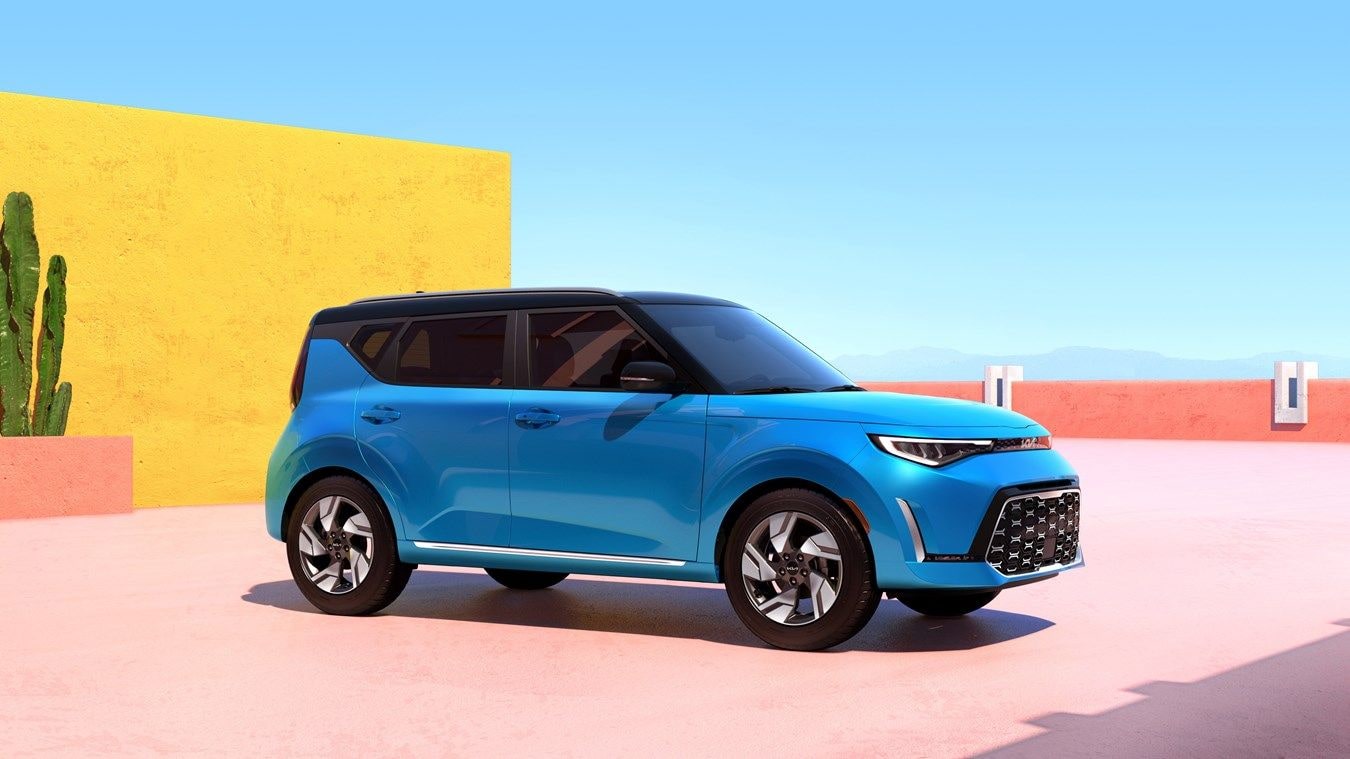Ever wondered what a modern vehicle might be like with everything but the bare essentials stripped out?
Mini recently teamed up with British fashion designer Paul Smith to explore just this concept as part of its efforts to improve the sustainability of its future cars—and many of the ideas they came up with have been demonstrated on the Mini Strip concept vehicle unveiled on Thursday.
The concept is based on the battery-electric Mini Cooper SE and was developed by first stripping back the car to its bare metal frame and then adding back the essential parts while also replacing some of these with more sustainable options.
For example, the body was stripped of all paint and instead painted with just a single transparent coating to protect against corrosion. Small imperfections like grinding marks on the galvanised steel panels were left to give the car some character as well as identify it as a functional tool.
In other areas, tacked-on pieces have been installed with visible screw heads, giving a potential owner the opportunity to replace damaged parts or upgrade elements, much like in the bicycle world. It also makes dismantling the vehicle easier, when it comes to end-of-life recycling.
The same themes carry into the cabin where virtually all of the interior panels have been removed, with the exception of the dash and door tops and rear parcel shelf, which now feature a recycled cork-based lining. The dash itself has been replaced by a one-piece unit, with a port for mounting a smartphone that can be used as the infotainment system. The only physical controls are the steering wheel and toggle switches for things like the power windows and the starter button.
The door panels are made from mesh material (also found on the steering wheel center to cover the airbag), enabling the door structure to be clearly seen, while the seats are lined in knitted fabric. As a final touch, the pull handles for the door and just pieces of climbing rope.
While Mini has no plans to put the Strip concept, or a car like it, into production, the company said the vehicle serves as a catalyst for more sustainable use of resources in future car design.
